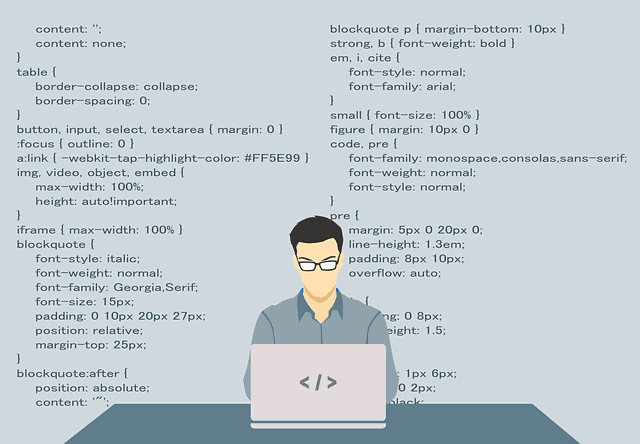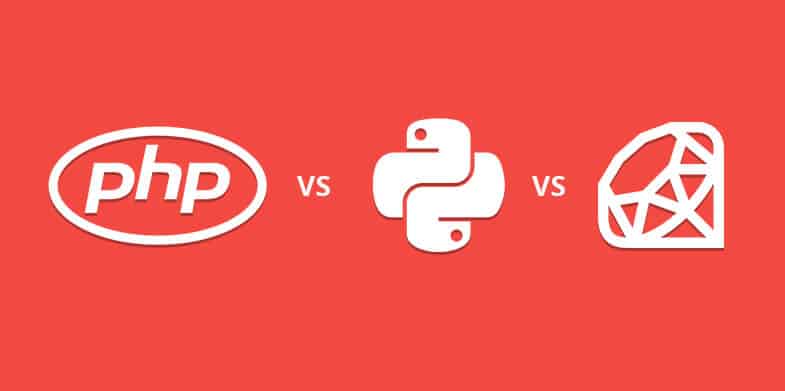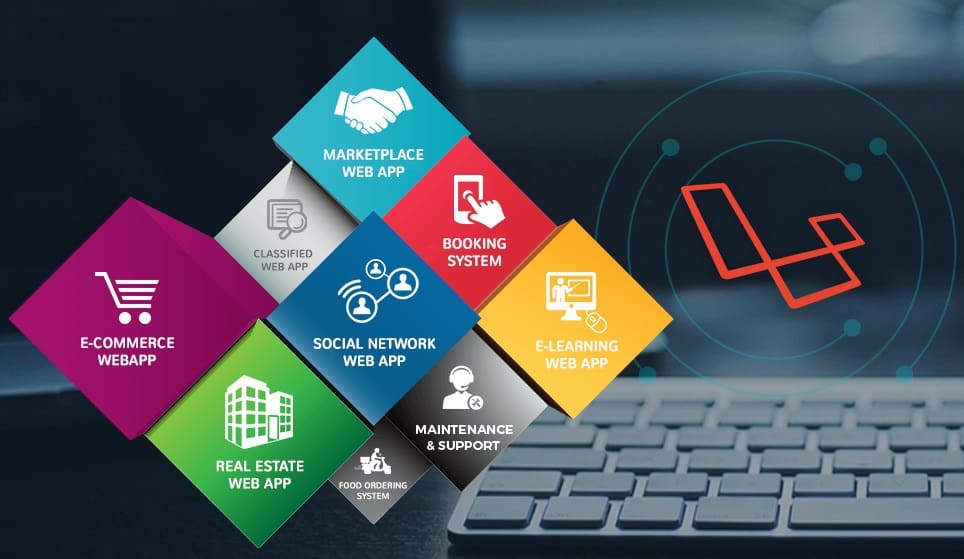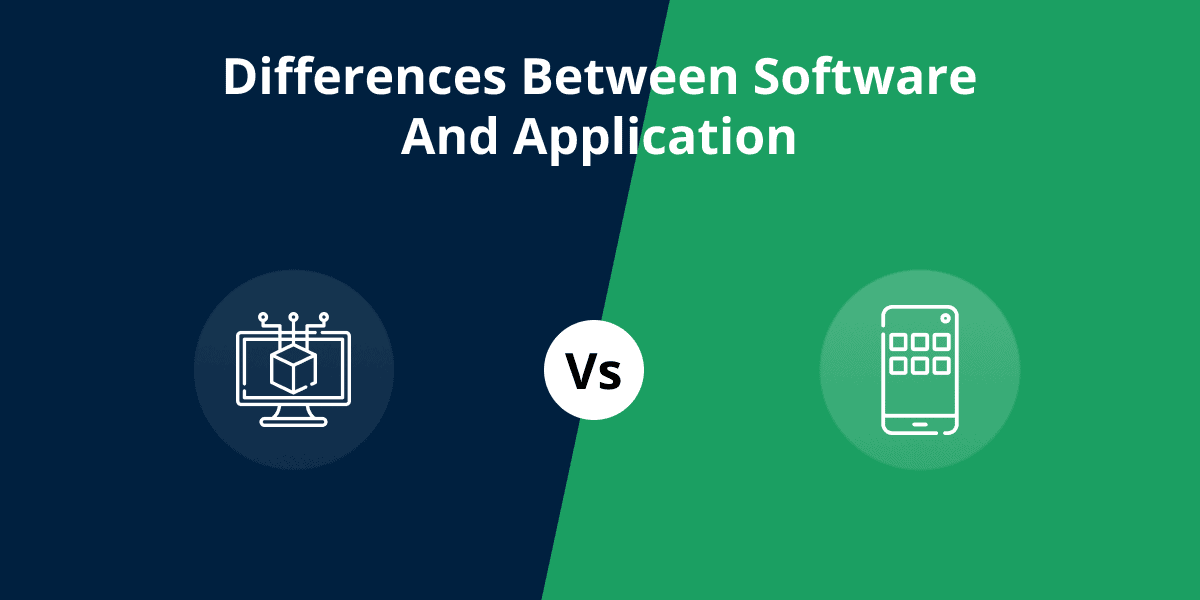
Each year brings with it a different set of web development trends. Adapting to new trends is crucial for decision-makers because they have the responsibility to keep up with their competition, hone their industry knowledge and expertise, and build a sustainable business.
One takeaway from this pandemic is that the more digitally on-trend a business is, the higher its chances of surviving. Economies are spiralling but online stores, information-driven websites, virtual companies, web developers, and deliveries and orders booked online continue to operate. Benchmarking new ways of doing business ensures longevity and continuity against all odds.
In the context of web development, these trends are especially noteworthy:
-
Single-Page Websites
Browser habits dictate. Up to now in 2020, more than 60% of global website traffic has been generated through mobile phones. A move away from the desktop is no surprise, but it is a clear indicator the designers and developers need to take notice of the market and ensure mobile device design takes priority.
Today’s trend is all about speed and simplicity, so look no further than a single-page website. As it would suggest, it is one long page of simplicity. A single page site has no navigational system but is instead divided into logical sections. The scroll is one continuous motion that the user clicks on anchor links to get to their destination.
Single-page websites generally look good on all mobile devices and, with being scrolling friendly, is particularly attractive to smartphone users. Logically, they have the ability to boost conversion rates. However, each website has a specific use, and not always will this design pattern be the best option.
-
Web Applications
Again we see a trend influenced by mobile usage.
Although a progressive web app, in essence, looks and behaves like a mobile app, they are in fact web pages that work in the browser.
The main features are the fact they can work offline, are highly engaging and immersive, and load time is a significant improvement as the cache stores much of the information. Also, they are discoverable via searching online and do not need installation.
Web Apps are useful to users from the very first visit in a browser tab, with no install required. As the user uses the app over time, it adapts to become more powerful. Quick loading, even on unsteady networks, it sends relevant push notifications and loads as a superior, full-screen experience.
Building a progressive web app will require a basic knowledge of HTML, CSS and JavaScript as you would expect with a typical web app. The rich offline experience is gained from the progressive aspect based on service workers. Incorporating push notifications and the web app manifest allows the user to install the app on the home screen. Google Codelab is a good place to start to take you through the process.
-
Switching to HTML5
For many years in the industry, Flash was the go-to protocol for animation display, but the writing has been on the wall for Flash for some time now. In reality, the cracks started to appear back in 2010 when Apple refused to support Flash, subsequently in 2015 Google began to convert Adobe Flash ads to HTML 5 automatically. The follow-on effect was Abode announcing in 2017 that after 2020, the Flash player will no longer be updated or distributed.
We can attribute many reasons for the decline, namely, frequent crashes, security concerns, insufficient mobile browser support and then iOS incompatibility. In contrast, HTML5 offers low maintenance, high-performance and a secure alternative, thus enabling web developers to create websites full of animation that are now SEO friendly.
The trend for the rest of this year is switching over Flash content HTML5 as this will soon be standard.
-
Push Notifications
Many people think push notifications are just for mobile apps. However, websites – not just mobile apps – are taking advantage of this user engagement tool, and this will be a trend we will see right through to 2020 and beyond.
Brands look to seek ways of communication with the user to provide valuable information at the right time, just as with chatbots.
The user can receive useful updates regardless of whether they have the website open or not as long as the user has notifications enabled.
So what is behind push notification and how do they work?
A server is supplying message information to a service worker, in turn, send the data to the user in the form of a notification, is what the ‘Push’ part refers to. Push API has, in reality, made all of this possible on the web, and from a design perspective, the set-up is relatively easy with the additional benefit of gaining a higher engagement and not necessarily needing to create a mobile app.
For people looking to come into the industry and get a career in web development, do not be daunted, remember that many experienced web developers are right now learning more as this industry will for sure keep you on your toes, learning and adapting, but most importantly following new trends is the key to success.
-
Artificial intelligence (AI)
In today’s global web of connectivity user expectations have never been higher. Customer service that used to be active from 9-5 is now a thing of the past; users demand 24/7 access to endless information and solutions. Artificial Intelligence will continue to be surrounded by hype and intrigue, but as a trend, the reason it hits this list is due to chatbots.
A virtual assistant is something that is becoming the norm in many walks of life. A recent report indicated that by 2020 as many as 80% of businesses would have integrated chatbots, so it is imperative that today’s web developers are comfortable with the technology behind them.
Where to Start with Web Development
Natural Language Processing is the first stepping stone, the ability to learn Natural Language Understanding and Artificial Intelligence principles are essential.
The shift in focus to real-time rather than static user experiences is where context-based interactions will play a significant role.
Finally, follow the footsteps of your industry leaders. Benchmark their best practices while cutting off the inessentials or outdated web development methods.




